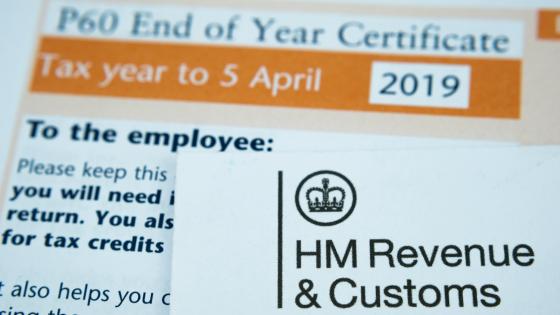DP1151 Tax and Benefit Reform in the Czech and Slovak Republics
This paper analyses the changes to the tax and social security systems that have occurred since Czechoslovakia's `velvet revolution' in 1989. It shows how the tax system is moving to meet the requirements of a market economy. It suggests that a particularly high priority has to be given to avoiding taxes which require administrative discretion and to reducing administrative complexity.A tax-benefit model is used to look at two particular aspects of tax and social security design. It shows that the administratively convenient move to a single-rate VAT could have been achieved without adverse distributional effects, but with a slight increase in overall marginal tax rates. It also analyses the effects of the Czech plan for replacing universal benefits with means-tested benefits. This is shown to reduce budgetary costs and reduce poverty, but at the expense of increasing marginal tax rates.


